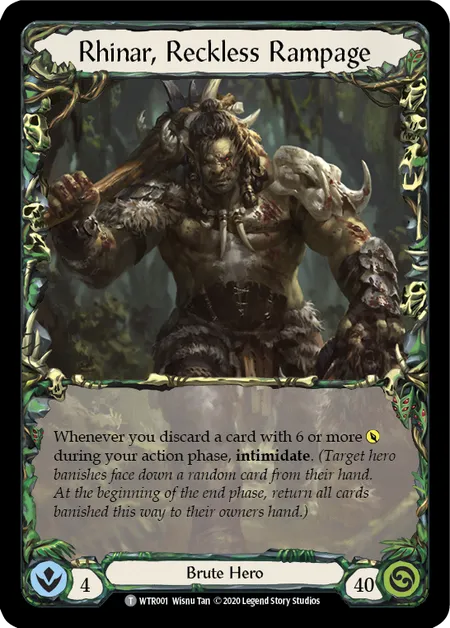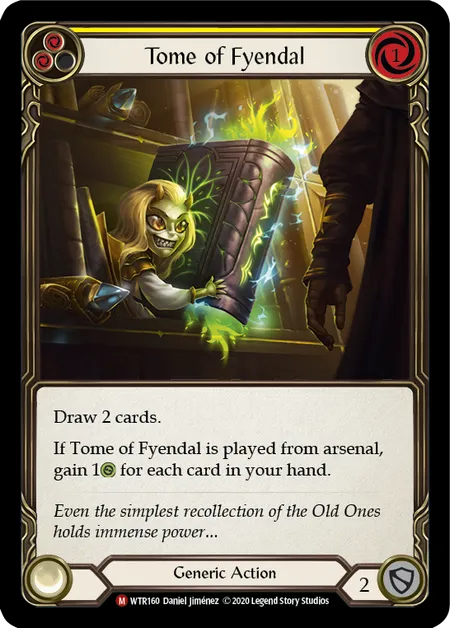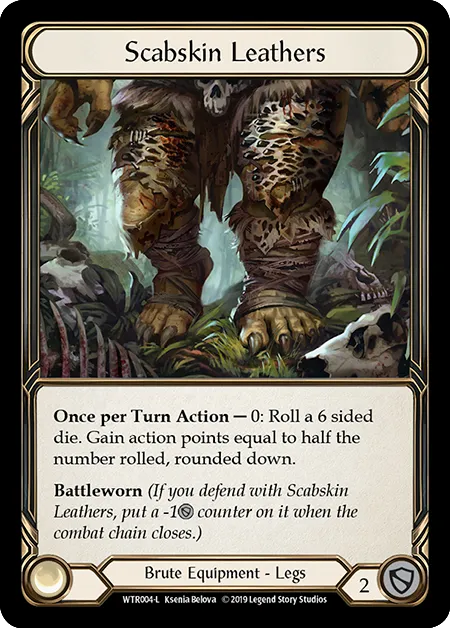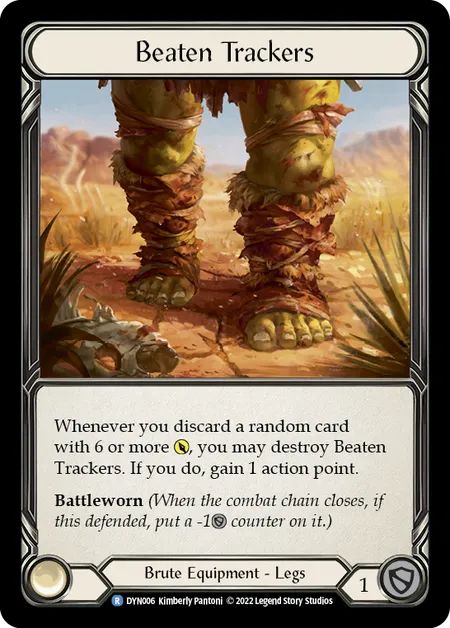Our second Jump Start series sees the return of guest writer Tommy "Fresh" Hendricks with a basic framework when choosing cards to build a deck that will meet your game objective, and fit the play style of your hero. Tommy is a steward of the game, and host of the Fresh and Buds podcast which regularly discusses the many different aspects of Flesh and Blood.
In the world of Flesh and Blood, we are lucky to have both a plethora of heroes and cards to play with. With that, however, comes the challenge of piecing them together to create a cohesive deck that meets the goals of the player. Typically these goals include winning and having fun, as well as a combination of the two depending on if the environment is competitive or casual. So, to achieve these goals, we must look at deckbuilding. The French microbiologist Louis Pasteur once said that “chance favors only the prepared mind.” This game has built-in variance in its gameplay, and it is critical to approach the decks you build with that in mind!
When starting to explore the skill of deckbuilding, it is important to understand the Who, What, and Why of the deck you want to build. The “Who” part is the easiest: which hero do you want to play? The answer to this can vary depending on factors like format, meta, playstyle, or even budget. Luckily, we have a bountiful amount of heroes to choose from, but in this article I want to focus on the What and Why of the deck.
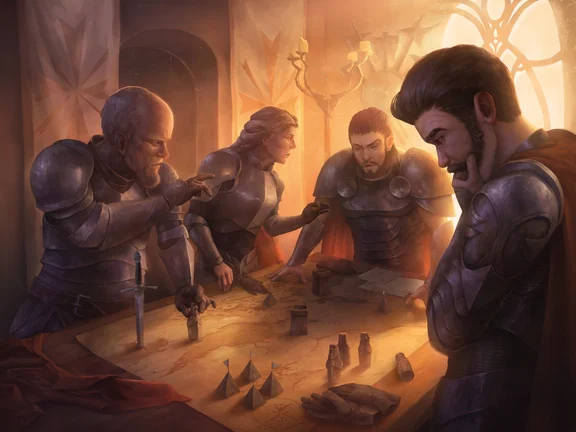
Time to Ask: What and Why
Once you know which Hero you plan on playing, it is time to figure out which cards to put in the deck! Heroes have abilities that are printed on them, and these abilities clue us into what the general plan of the deck will be. This plan will be the reference point for whether the card you are choosing to use is achieving the goal of the deck.
Luckily, some heroes make it clear what they want to be playing in the deck. For example, a hero like Rhinar has an ability that says to “Intimidate” when you discard an attack action card with 6 attack or more. A ton of Brute and Generic cards help activate this ability, whether by having 6 or more attack or by having a discard effect. As a result, a large majority of your deck should be those cards that contribute to the plan. There will always be some room for more adventurous card choices as well. Although, you must ask yourself if the power level of the card is worth deviating from the plan. Enlightened Strike is one of the most powerful and fun Generics in the game due to its low cost and flexibility but having 5 attack on it isn’t necessarily cohesive with what Rhinar wants to do. Tome of Fyendal, however, can be a potent addition to Rhinar since it has access to equipment pieces like Scabskin Leathers and Beaten Trackers which give an additional action point and allow you to draw some cards and gain some life with Tome!
One of the most unique features of Flesh and Blood is that your hero starts the game with all of its equipment in the arena. This means that choosing the correct equipment is crucial since you will more than likely be using all of it in the course of a game. In both Blitz and Classic Constructed, you can have a sideboard of different equipment to bring in depending on what your opponent is playing. Some choices will be obvious, like bringing in equipment with Arcane Barrier for games against wizards and Runeblades. Others will require a little more thought. Fyendal’s Spring Tunic, for instance, seems a lot more powerful than Blossom of Spring and it certainly is. However, some matchups might play extremely fast, and it is possible that you won’t get to the third counter on Tunic for that resource in time. This is where Blossom of Spring is a viable alternative since you can activate it from your very first turn.
The Balance of Power and Cost
Now that you have an idea of the types of cards you want to put into your deck, it’s time to make sure the cards are powerful enough! Defense value is the perfect starting point. Most action cards, with some exceptions, have either 3 or 2 defense. While 3 is clearly higher of the two values, you will find yourself wanting to play cards with 2 defense if their effect is powerful enough. A great example of this is the card Mauvrion Skies. It blocks for two but it’s effect plus the contribution to Viserai’s plan of creating Runechants makes up for the lower defense, to the point that some Viserai players will play as many copies as they can. Keep in mind that decks like that typically don’t want to block as much since they are more aggressive. Slower heroes who play a midrange or control style will want more cards with 3 defense and more, like defense reactions.
On the other side of the combat coin are attack and damage values. These are what help us get our opponent’s life total down to zero for the win! You will often hear Flesh and Blood players mention the term “break points” when discussing combat. As mentioned before, many action cards have 3 defense. With that in mind, an attack with only 3 attack can be easily blocked by one card. A “break point” occurs when an attack exceeds that value. We commonly see this with actions and weapons that attack for 4 to break past one blocking card, for 7 to break past 2 cards, and so on. This is a great way to evaluate the attack action cards that you decide on putting into your deck. The same goes for non-attack actions that add attack value to your attacks. Does it push your attack to another break point? No? Then perhaps it might not be the right choice for the deck.
Cost is arguably the most important factor to look at when evaluating the contents of your deck. It is great to have a hand full of powerful cards, but it doesn’t matter if you cannot pay for them efficiently on your turn. With this comes a bit more specific evaluation on a card by card basis, as well as keeping your deck’s plan in mind. Heroes like Fai like to attack many times in one turn so having your actions cost 0 or 1 is your best bet to achieve that goal. On the other hand, a hero like Bravo wants to attack with one big attack, a turn that has a strong effect when it hits, so those attacks being on the more expensive side makes sense. However, for both of these situations, and everything in between, you must understand what pitch ratio you need to make the deck cohesive.
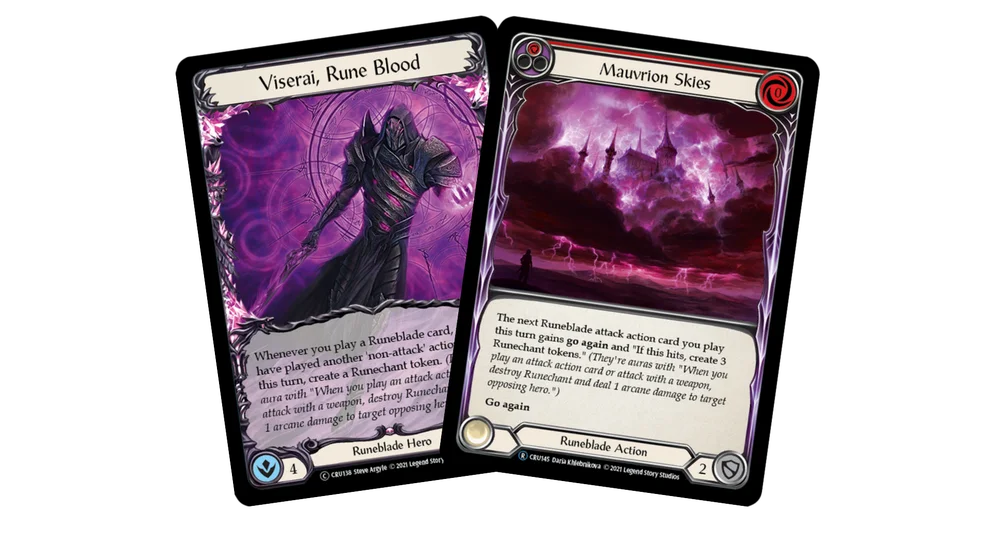
The Rainbow Connection
In Flesh and Blood, most commons and rares are printed in each pitch color and pitch for 1, 2, and 3 resources: red, yellow, and blue respectively. While the printings of these cards in each color are essentially the same card, their attack values and effects are balanced according to their pitch. For example, a red Snatch attacks for 4 but only can be pitched for a single resource, where the blue can be pitched for a whole three resources but only attacks for 2. So therein lies a cost of just playing blues or just playing reds, there needs to be a balance.
So, what should your deck’s pitch ratio be? Well, that depends on what you want to do in a turn. The key to that is knowing how many blues you want in each hand. Most aggro decks typically only need one to maybe two blues in their hand to accomplish a good turn. With that said, a good rule of thumb in a 60 card Classic Constructed deck with 4 intellect, would be to have anywhere from 25% to 50% of the deck be blue pitch. And then there are heroes like Iyslander who can play blues from arsenal at instant speed on your opponent’s turn. A deck like that will want a much higher blue count, as to guarantee you have both the resources to play the cards and the blues to be able to play from arsenal. This is a good starting point when building the deck, and then as you play it you can increase or decrease the amount you are playing based on your findings.
Even in decks that want to play a lot of blues, they still need to have the powerful red cards to output the damage they need to win. In most scenarios, reds are the most powerful cards in the game. These are where you will often find the best “break points”, effects, and just raw power. Yet, a hand filled with all reds that can hardly pay for a good turn can be a back breaking point in the game where you can lose momentum. So, balancing out the reds with the higher pitch cards is key to building a successful deck.
That just leaves yellows. It would be fair to call yellow pitch cards the “ugly ducklings” of deckbuilding, but they have their importance as much as the other colors. Yellow cards can be some of the most important cards in a deck when finding the balance between resource generation and power. In Rhinar, a yellow Savage Swing is still a 6-attack card that also discards a card and costs only 1 resource on top of that. Prism’s signature weapon Luminaris rewards you for having a yellow card in your pitch zone to give your Illusionist attacks “go again” on your turn. Outside of a specific use cases like that, the yellow commons and rares will still smooth out the resource curve between the reds and the blues, even if they aren’t the flashiest cards to put in your deck!
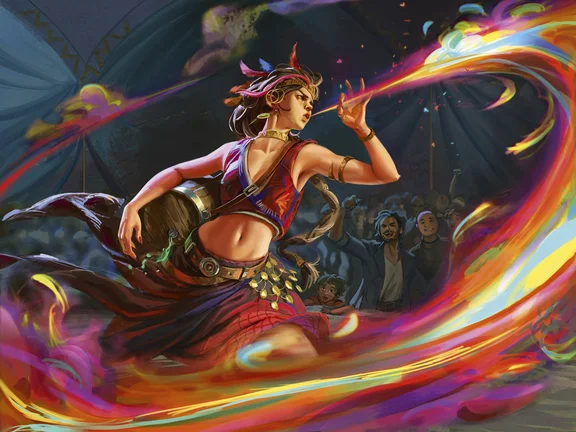
Build a Future
Picasso once said, “Others have seen what is and asked why. I have seen what could be and asked why not.” Deckbuilding in Flesh and Blood is truly a creative process, and it is one that should be explored and enjoyed. This basic framework for deck construction is a great starting point. I hope it starts a journey into a deeper exploration of the skill and for some amazing decks to be built because of it!
Tommy "Fresh" Hendricks is a player of Flesh and Blood, and host of the Fresh and Buds weekly podcast. The opinions expressed in the above article are his own and do not necessarily reflect the views of Legend Story Studios.
